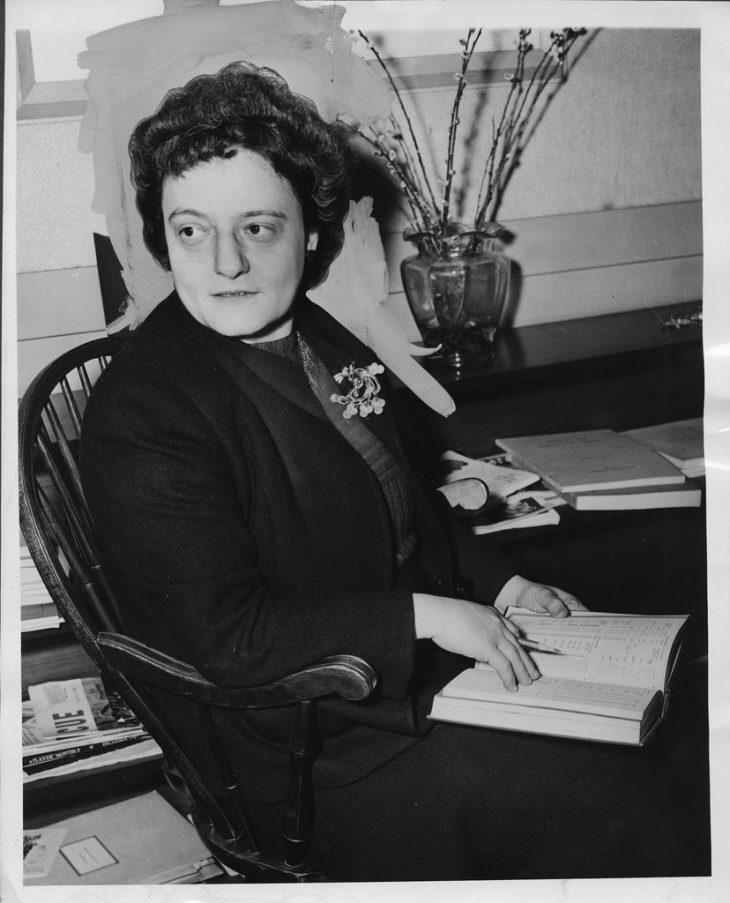
Word of the Day: Aeolian
Today’s Word of the Day, courtesy of www.dictionary.com, is aeolian, an adjective meaning “pertaining to Aeolus, or to the winds in general,” or “(usually lowercase) of or caused by the wind; wind-blown.” The website goes further: “The chief element of the adjective aeolian is the proper noun Aeolus, the entity, whether human, divine, or semidivine, in charge of and controlling the winds. Aeolus lived on one of the Aeolian (Lipari) Islands in the Tyrrhenian Sea just a little north of Sicily. English and Latin Aeolus derives from the Latin adjective Aeolius ‘connected with, derived from, or descended from Aeolus,’ from Greek Aiólos, a proper noun use of the adjective aiólos ‘quick, nimble.’ Aiólos first appears on a Linear B tablet from about the 13th century b.c. as aiwolos, the name of a cow. (Linear B was the very inefficient writing system used for Mycenean Greek in the Late Bronze Age.) The next occurrence of aiólos is much, much grander: It is the second half of the Homeric compound adjective korythaiólos ‘quickly moving the helmet; with flashing helmet,’ part of the poetic formula korythaiólos Héktōr ‘Hector with the flashing helmet.’ Aeolian entered English in the 16th century.”
I recently read The Riddle of the Labyrinth, The Quest to Crack an Ancient Code, by Margalit Fox. It is sort of a biography of American linguist Alice Kober, though it is just as much a history of the decipherment of a language. The language deciphered was Linear B.
The writing system called now Linear B was first discovered at the end of the 19th century. The weird thing is that most people thought there wasn’t a Greek alphabet from the 14th century. So the symbols discovered on Crete were a surprise for a lot of people. And the problem was that, in addition to not recognizing the symbols of this new alphabet, people did not even know what the language was.
Let me put that into context. A lot of people have heard of the Rosetta Stone. There is even a language program named after it. Here’s the Wiki’s description of the Rosetta Stone: “The Rosetta Stone is a granodiorite stele discovered in 1799 which is inscribed with three versions of a decree issued in Memphis, Egypt in 196 BC during the Ptolemaic dynasty on behalf of King Ptolemy V Epiphanes. The top and middle texts are in Ancient Egyptian using hieroglyphic and Demotic scripts respectively, while the bottom is in Ancient Greek. The decree has only minor differences among the three versions, so the Rosetta Stone became key to deciphering Egyptian hieroglyphs, thereby opening a window into ancient Egyptian history.” Prior to the Rosetta Stone, Egyptologists were familiar with Egyptian hieroglyphs, but nobody had been able to decipher them. Jean-François Champollion, a teacher who enjoyed studying ancient languages, identified some names in the Greek text, and using the Greek text, he eventually was able to figure out the hieroglyphs. In contrast, the tablets containing Linear B has no context at all, nothing to compare it with.
Alice Koper (1906-1950) began working on Linear B in the 1930s. In order to work on it, she taught herself a variety of ancient languages, including “Hittite, Old Irish, Akkadian, Tocharian, Sumerian, Old Persian, Basque and Chinese. From 1942 to 1945, while teaching full-time in Brooklyn, she commuted weekly by train to Yale to take classes in advanced Sanskrit” (https://en.wikipedia.org/wiki/Alice_Kober). While working on the deciphering, she also taught at Brooklyn College in New York, where she received little support for her research. She lived with her widowed mother, and she never married or even seemed to have much of a personal life. Her life was her work, and her passion was Linear B.
Working at her dining room table, she took the attitude of Sherlock Holmes, refusing to adopt a theory until she had gather all the facts that she could. Other scholars looking into Linear B had quickly jumped to deciding which language it was. Michael Ventris, who eventually broke the code of Linear B, would have figured it out sooner except that he had decided it was one language when it turned out to be another. Kober maintained her objectivity throughout her investigations. Without a computer, she developed a system that involved looking at every single piece of every single figure. After her untimely death in 1950, Ventris adopted her system and broke the code.
For many years, Kober was not recognized by scholars for her contribution. Ventris got all the credit, though he himself died in 1956, just a few years after publishing his discovery. But Margalit Fox’s book captures for Kober some of the credit she deserved. Then again, as Kober herself said, “The important thing is the solution of the problem, not who solves it” (https://news.hamlethub.com/riverdale/life/911-the-solution-of-the-problem-alice-kober).
The photo is of Alice Kober in 1946, four years before her death at the age of just 43. It comes from an article by Margalit Fox in The New York Times (“Alice E. Kober, 43; Lost to History No More,” May 11, 2013).